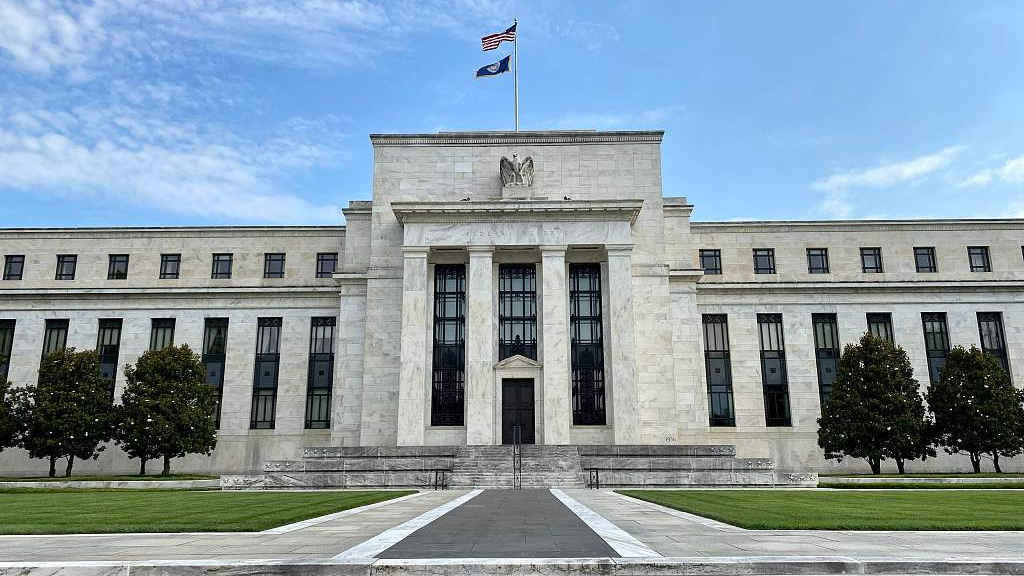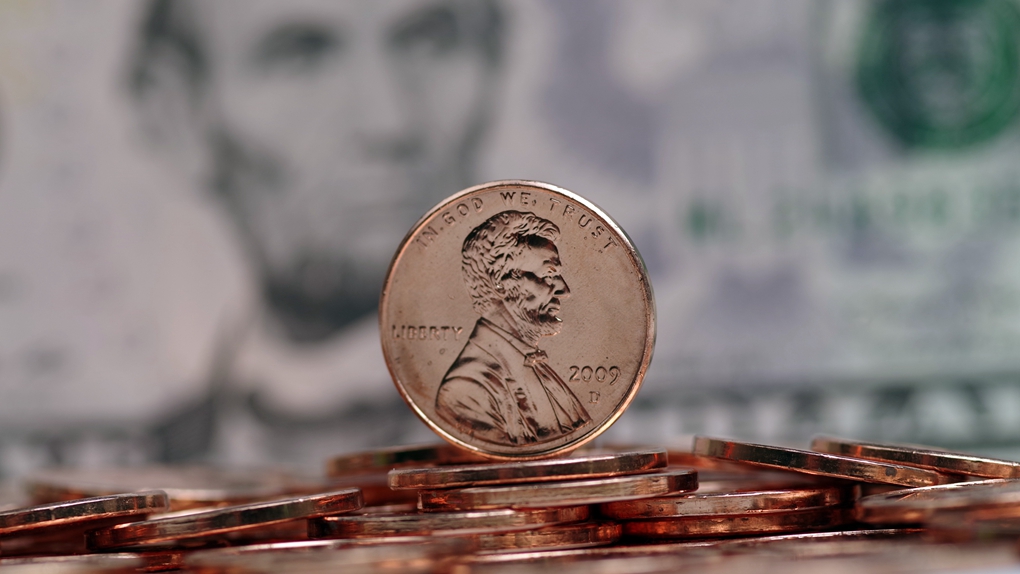
The Federal Reserve Board building in Washington, D.C., the U.S. /CFP
The Federal Reserve Board building in Washington, D.C., the U.S. /CFP
Editor's note: Bradley Blankenship is a Prague-based American journalist, political analyst and freelance reporter. The article reflects the author's opinions and not necessarily the views of CGTN.
On May 3, the U.S. Federal Reserve approved new rate hikes after a unanimous decision that saw its benchmark federal-funds rate go up by a cumulative 5 percentage points from near zero in March 2022, the most rapid series of increases since the 1980s. The Fed signaled that it might be done raising interest rates for now as it tries to clear up the crippling inflation chewing away at real wages.
According to the Fed, things should have been good. And the Fed, as it always does, uses rate hikes to tame inflation by slowing down the economy through tighter financial conditions and higher borrowing costs, lower stock prices and a strong dollar. But then again, that same week, San Francisco-based First Republic bank collapsed and was forced by U.S. regulators to sell the bulk of its operations to JP Morgan. This was the second-largest banking failure in U.S. history.
This is also on the backdrop of the failures of two other banks, Silicon Valley Bank and Signature Bank, which at the time fueled speculation of a bank-funding crisis. While the Fed concluded that such stress calmed in late March ahead of a then-decision to increase rates, the failure now of First Republic makes this decision look futile.
This leads to some natural questions. Namely, is the Fed actually working on the best data to drive monetary policy? And are they implementing the proper measures if they are?
Twitter owner and Tesla CEO Elon Musk suggested on April 27, "The data with which the Federal Reserve is making decisions has too much latency," meaning the bank isn't using up-to-date data when making decisions. With recent events, one can't help but feel this is the case. But then again, Fed Chair Jerome Powell said at a press conference on May 3 that the Fed would start switching to credit tightening and monetary policy geared toward lenders – but, also, that this is a challenge.

There are indications that many major lenders are on the cusp of default. For example, PacWest, another large banking conglomerate, has lost about 85 percent of its value since the beginning of March and has been weighing a range of strategic options, including a sale, according to the business press citing insiders. There are myriad concerns about the solvency of almost every major U.S. bank given asset inflation and a looming commercial real estate crash.
Former Labor Secretary Robert Reich chimed in on Twitter by saying, "Really? The Fed raises interest rates again when we face a banking crisis, manufacturing is slowing, politics is more unpredictable than ever, and inflation is down? Big mistake." Many other experts share the same fear, which is namely that a recession is on the horizon while, as I've mentioned before, the Fed seems woefully unprepared to implement competent policy.
The current policy has been described as a "whack-a-mole" approach that is helping to ameliorate the situations of individual lenders (much to the outcry of working-class Americans looking for their own debts to be wiped clean); the systemic risks to the banking system still look grim. There is now a general sell-off on Wall Street as investors sense too much risk.
President Joe Biden said in late March he thinks the issues with regional lenders have been isolated and that he would ask (a bitterly divided) Congress to act on the issue. If politics is the answer, then certainly the banking sector is doomed given the current composition of a Republican-controlled House and an uncertain Senate comprised of 48 Democrats, 49 Republicans and three Independents.
For the Fed, which doesn't need to be swayed by political polarization, they need to move swiftly to avoid a full-on recession precipitated by a financial crisis. Yet, rate hikes are exposing more and more regional lenders to risk by degrading the value of loans made when rates were near-zero for so many years. It is truly unclear why the Fed raised rates again while so much uncertainty boils in the banking sector.
Is the Fed playing with a full deck of cards? Are they getting the best data? All indicators seem to suggest that they aren't. This is further indication that the U.S. – the Fed, in this case – needs to proactively consult with international partners to coordinate monetary policy, given the U.S.'s role as the largest economy and owner of the world reserve currency. This is a tremendous power that takes great responsibility and cannot be wielded lightly.
(If you want to contribute and have specific expertise, please contact us at opinions@cgtn.com. Follow @thouse_opinions on Twitter to discover the latest commentaries in the CGTN Opinion Section.)